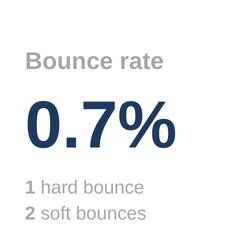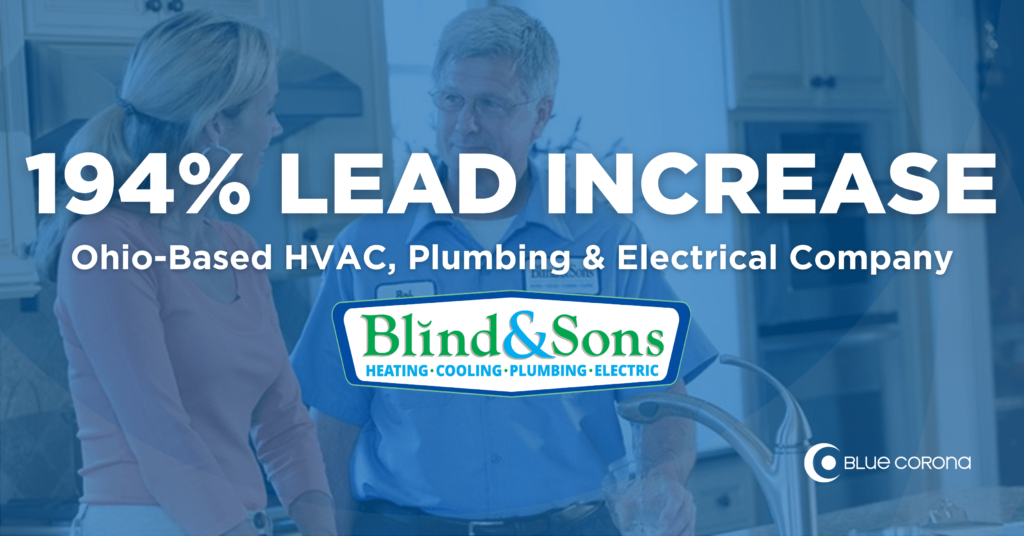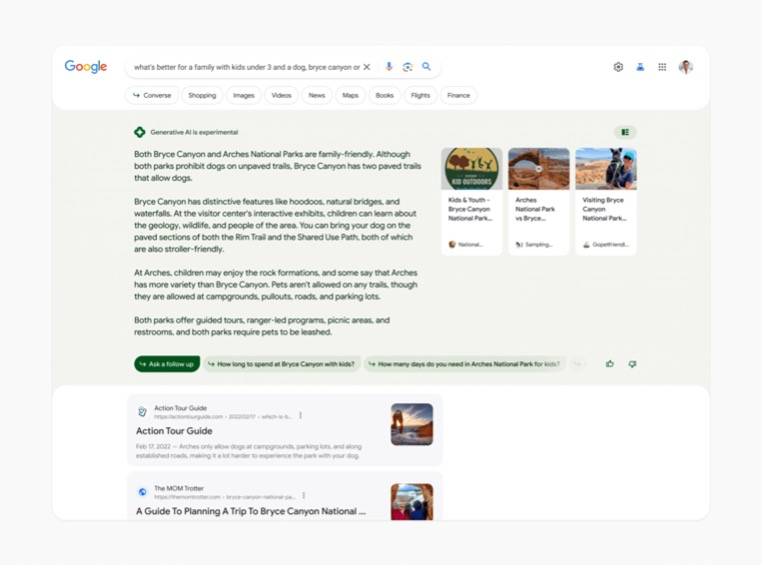Email: How Plumbers Are Booking More Jobs & Staying Top of Mind with Homeowners
If you own a plumbing business, you know that silent phones and idle trucks mean upset crews and a high cost in overhead. If you are looking to attract new customers while retaining current customers (and keep your plumbers’ schedules filled with appointments), consider adding email marketing as a new strategy.
There are a lot of considerations when developing a plumber email marketing campaign, such as ensuring your email is responsive so it looks good on both computers and mobile phones, making sure it’s CAN-SPAM compliant, and creating compelling calls to action to generate more leads.
Below are four email marketing tips for plumbers for a successful email marketing plan.
1. Determine Your Goal for Email
First, you want to determine what you’re trying to accomplish with your emails. Are you strictly looking for more leads? Do you need to balance the workflow of your business during shoulder seasons or focus on a different business line? Are you trying to nurture and educate current customers so that your plumbing business is top of mind for maintenance and new projects?
Sometimes, it’s tempting to say, “I want to do all those things and more!” But it’s best to focus on one single goal. This will help you maintain focus and track your email results. Determining email success will be difficult if you have multiple goals to evaluate. Keep it simple so it doesn’t get overwhelming and results are not skewed.
Most plumbers leverage email marketing to generate leads through existing and new customers. If you are starting to consider email as a tactic for your business, have a starting goal of increasing leads so you can see if your emails are working.
2. Build Your Email List
Although it’s tempting to send a “mass email blast” to every email in your entire database of customers, starting out with segments of smaller lists is better. It’s not good to have a high bounce rate, and the older the email address, the higher chance it will bounce. Try breaking up your master list into a group of customers in the past year or two. Those addresses should be more current and help reduce your bounce rate.
High bounce rates put you at risk of being marked as a spam sender, which is risky business because then good email addresses and potential leads won’t receive your communications either.
Recently, we had a client submit an email list for a quarterly promotion. The emails were not scrubbed, and their entire list from the beginning of their collection of email addresses was sent to their client email. This resulted in a bounce rate of 1.7%, or 143 bad emails. Compare that to a client that sends regular communications monthly and has only one bad email address per send. Imagine what happens with bounce rates if you purchase a list that has never been scrubbed? You risk being marked as a spam sender by email clients such as Gmail, Yahoo, Outlook, etc.
Compare that to a client that sends regular communications monthly and has only one bad email address per send. Imagine what happens with bounce rates if you purchase a list that has never been scrubbed? You risk being marked as a spam sender by email clients such as Gmail, Yahoo, Outlook, etc. As you look at your master list, try to think if there are other ways to create relevant messages to your customers. Maybe you can identify customers with clogged drains and could send them a reminder it’s time for an annual pipe cleaning. Try to group your master list together so you can target emails to them. It takes a little work up front, but it keeps unsubscribe and bounce rates lower, which is important. If they get too high, your emails could become blocked from the email platform itself.
As you look at your master list, try to think if there are other ways to create relevant messages to your customers. Maybe you can identify customers with clogged drains and could send them a reminder it’s time for an annual pipe cleaning. Try to group your master list together so you can target emails to them. It takes a little work up front, but it keeps unsubscribe and bounce rates lower, which is important. If they get too high, your emails could become blocked from the email platform itself.
3. Create Your Email Content
Format Your Emails for Mobile & Desktop Devices
If you haven’t designed an email template, many email platforms will have several options to choose from. Be sure you test the email template on your computer and mobile device to make sure it looks good (and can easily be read) on both mobile and desktop devices.
Follow the CAN-SPAM ACT
When creating your email template, it’s important to abide by the CAN-SPAM ACT. You must ensure there is an unsubscribe link in the content of every email sent. Otherwise, if you are in violation of CAN-SPAM, you could be reported to the Federal Trade Commission and face fines. Most email platforms will have CAN-SPAM compliance considerations built-in.
Don’t Use Misleading Subject Lines
It’s also important not to use misleading subject lines and make sure your contact information and the clear ability to opt-out are visible within every email.
It’s important as you create content that you think about your goals. If you are trying to increase leads, maybe you want to increase those during the off-season — not when your business is already at capacity.
Here are a few content ideas to try:
- Repair discounts
- Free service calls
- Home inspection offers
- Clogged drain specials
- Welcome offers for opting into your company’s emails
- Credit or discounts for successful referrals
Send the Right Message to the Right Customers at the Right Time
Additionally, as you develop content, try to determine ways you can send relevant messages to groups within your lists to target your messages. For example, during your slow season, consider sending an email with a discounted home inspection offer to customers within the last two years. Or when someone signs up for your newsletter, send an email with a 10% off any service coupon.
4. Track, Test, Improve
One of the best things about email is that you can see relatively quickly how well it has performed. Most email platforms will give you insights and trending reports as to open rates, clickthrough rates, bounce rates, and unsubscribes. Those are nice to have, but it’s important to take it a step further.
And this is where the process comes full circle with your goal. If your goal was to increase leads, how many customers redeemed your offer or called to schedule a service? Most email platforms will allow you to export your results into a spreadsheet. Take that spreadsheet and cross-reference your leads from your CRM with customers who clicked on a link within the email. This will help you determine if your email met your goal of increasing leads.
And then comes the fun part. You can take the insights you learned from open rates, clickthrough rates, and your new leads to make changes to help your email perform even better the next time!
Most email platforms will let you test subject lines with A/B split testing so you can track performance. For example, what do you think would perform better? A 20% discount on a $100 service or $20 off coupon? By using an A/B split test of the same email with a different coupon to see which performs better, you can find this out. That’s valuable information for the next time you send an email.
 Recap
Recap
Email isn’t only for communicating with customers. It’s a great way to stay connected with previous customers, educate prospective customers, and convert more homeowners into qualified leads and booked jobs.
The best plumbing companies continually build their marketable database with opt-in forms, test and optimize their email marketing campaigns for higher engagement, and book more jobs through email.
Grow Your Plumbing Business with Blue Corona
Blue Corona is a full-service digital marketing agency focused on growing the trades. We’ve helped plumbers across the United States measurably increase qualified leads and sales, reduce their marketing costs, and differentiate their brand online from the competition.
Contact us online to schedule a free marketing consultation and to learn more about Blue Corona’s plumber marketing services.






Recent Comments